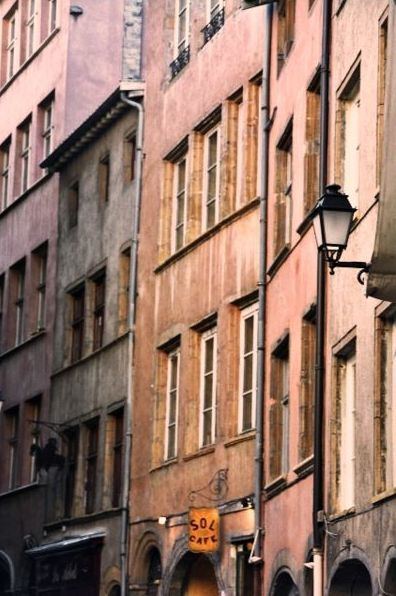Former name(s) Rue Tramassac Width 4.5 meters Completion 16th - 17th centuries | Length 188 m (617 ft) Construction start 3rd century Postal code 69005 | |
 | ||
Location 5th arrondissement of Lyon, Lyon, France | ||
The Rue du Bœuf is a 188-metre cobbled pedestrian street of the Vieux Lyon quarter, located in the 5th arrondissement of Lyon. Very representative of the Renaissance architecture of the neighborhood, it is lined only with old houses from the 16th or 17th century. The street connects the rue de Gadagne which it continues after the Place du Petit Collège and the intersection of the rue du Chemin Neuf, the rue de la Bombarde and the rue Tramassac which prolongs it. The street belongs to the zone classified as World Heritage Site by UNESCO.
Contents
Map of Rue du B%C5%93uf, 69005 Lyon, France
History
The rue du Bœuf, like the rue Saint-Jean, was created to the late 3rd century after the inhabitants of Fourvière, the upper town of Lugdunum, were deprived of water and forced to descend to the Saône to gradually build a whole neighborhood, where is the current Vieux Lyon. The street was once inhabited by wealthy merchants of Lyon, as the rue Saint-Jean, and was formerly part of the rue Tramassac which it extends, and had this name before 1586. There was a Mint in the street, which was transferred to the Hôtel du Grollier in 1590. In the 16th century, when a statue of cattle was carved, located in the niche that is at the corner of the Place Neuve Saint Jean, the street received its current name. The statue was first attributed to Jean de Bologne, then to Martin Hendricy, from Liège, who went in Lyon circa 1640. In 1650, the street was extended at north to the rue Gadagne, providing better traffic in the area, drawing a parallel to the rue Saint-Jean. In 1722, it was enlarged on the side of the rue du Chemin Neuf. On 18 February 1822, at 8:45 am, several houses in the street were shattered by an earthquake. In 1825, there were 315 silk looms and 150 workshops in the street. The Nos. 2 and 36 were bequeathed to the hospitals of Lyon, respectively in 1857 and 1884.
Long time ago, on the side of the hill, there were terraces, gardens and stables with an entrance on the montée Saint-Barthélémy.
Famous people who live here include magistrate and writer Laurent Dugas who had his office in the street in 1711. In the early 20th century, or at the late 19th century, the magician Philippe had his office, at the ground floor of the Renaissance building at No. 6, and a sign reminds it in the Cour des Loges.
Architecture
The street has many traboules, but are not open to the public. The most notable and longest of Vieux Lyon is at No. 27 and crosses four houses to reach the rue Saint-Jean, at No. 54.
